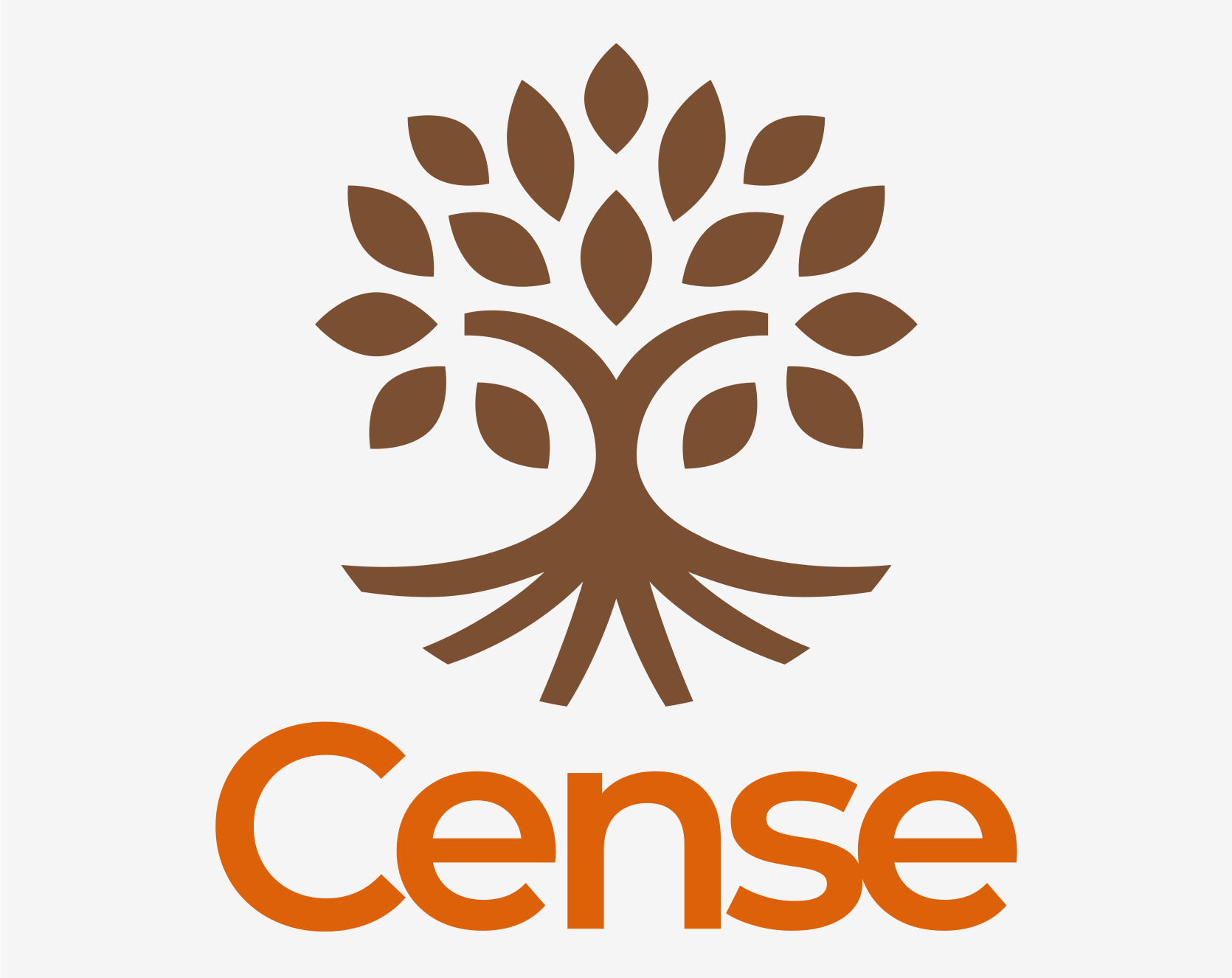Perspective Taking and Making
One of the myths of innovation is that something has to be new. It doesn’t. Something only needs to be new in context. This means that an old idea brought forth into a different or refreshed context can be innovative. For example, home visits and care by health practitioners have become innovative ways to address […]
Perspective Taking and Making Read More »





